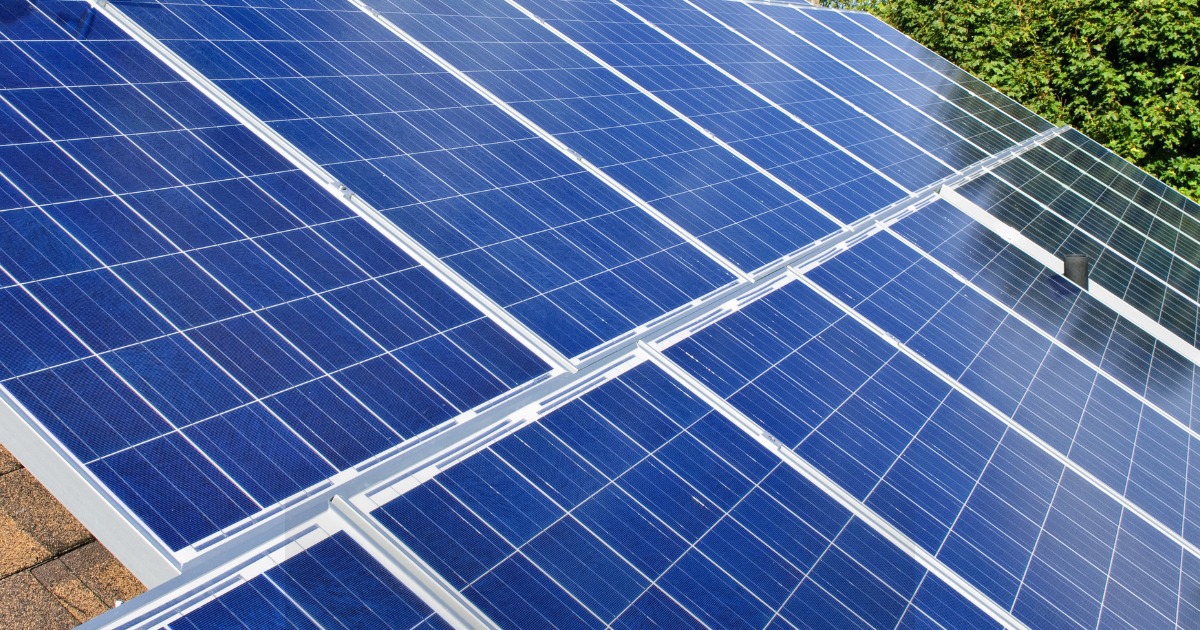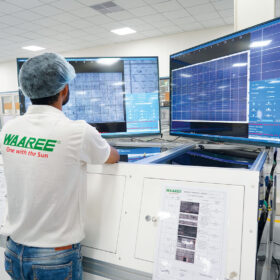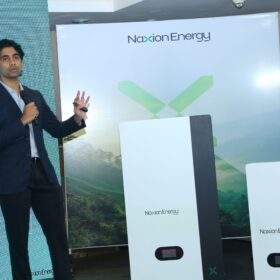With 70% of its urban infrastructure required by 2047 yet to be built, India has an immense opportunity to integrate climate-conscious strategies in urban development. In this context, solar energy emerges as an imperative solution, allowing the nation to pursue its net-zero emission goals by 2070.
The government has launched national missions like Smart Cities and Surya Ghar Muft Bijli Yojana to embed solar systems into the core infrastructure building of India’s smart and sustainable cities. In addition to shifting towards clean energy, it focuses on building self-reliant, economically resilient and climate-responsive cities.
Powering Smart Cities with smart energy
Launched in 2015, the country’s Smart Cities Mission has taken significant steps towards the integration of sustainability into the fabric of city planning. The mission aims to promote citizen-friendly and sustainability-first urban environments, enabling cities to adopt cleaner and decentralized energy solutions at scale.
As part of the idea of powering smart cities, solar infrastructure is now being embedded into public buildings, transportation hubs and urban utilities. For instance, cities like Indore and Pune are leveraging solar to power municipal offices, smart poles and even parts of the metro rail networks. On the other hand, Chandigarh stands out as a benchmark for achieving near-total solar rooftop coverage across government buildings, contributing to a significant reduction in public energy costs and emissions.
Additionally, the government is introducing city-level policies to push for mandatory solar integration in new developments and incentivize rooftop adoption in residential and commercial spaces. It is with the convergence of smart technologies and renewable energy that India’s urban centers are steadily transitioning into self-sufficient ecosystems. In tandem, solar power only proves to be a core utility that drives long-term environmental and economic resilience.
Adoption of rooftop solar in homes
Traditionally, rooftop solar was considered an aspiration reserved only for the eco-conscious elite segment. However, with rising electricity tariffs and state backed subsidies, it is gradually turning into a financially sound investment for individual homeowners. For instance, the recently announced Pradhan Mantri Surya Ghar Muft Bijli Yojana aims to solarize 10 million homes by offering a subsidy of up to INR 78,000 per household for rooftop solar installation.
On the other hand, entire residential societies in southern states like Gujarat, Karnataka and Tamil Nadu have adopted solar systems to power common areas, elevators and water pumps. Subsequently, this has resulted in lowering the utility bills, reduced grid dependence and increased property value. As awareness continues to grow, the urban middle class is emerging as the new frontier for solar adoption in the country.
A future built on solar potential
A recent study by The Energy and Resources Institute (TERI) has estimated India’s total solar potential at 10,830 gigawatts (GW). As per the assessment, ground-mounted solar PV on barren and unculturable land has a potential for 4,909 GW, floating solar PV 100 GW, rural and urban rooftop solar PV 960 GW, agri-PV (horticulture crops, coffee, tea plantations) 4,177 GW, and rail and road solar PV, building-integrated PV (BIPV), and urban PV 684 GW.
Urban India holds a sizeable share of this capacity that can be achieved through policy support, public-private collaboration and active citizen engagement. Moreover, the government is refining net metering policies and pushing for green buildings.
Final thoughts
India’s solar journey is not just about energy generation, it’s about transforming how cities are built and lived in. A multidisciplinary approach involving policy, technology, and civic engagement will be crucial to accelerate this transition. With the right push, India can lead the global shift toward climate-resilient, smart, and sustainable urban ecosystems.
The views and opinions expressed in this article are the author’s own, and do not necessarily reflect those held by pv magazine.
This content is protected by copyright and may not be reused. If you want to cooperate with us and would like to reuse some of our content, please contact: editors@pv-magazine.com.








By submitting this form you agree to pv magazine using your data for the purposes of publishing your comment.
Your personal data will only be disclosed or otherwise transmitted to third parties for the purposes of spam filtering or if this is necessary for technical maintenance of the website. Any other transfer to third parties will not take place unless this is justified on the basis of applicable data protection regulations or if pv magazine is legally obliged to do so.
You may revoke this consent at any time with effect for the future, in which case your personal data will be deleted immediately. Otherwise, your data will be deleted if pv magazine has processed your request or the purpose of data storage is fulfilled.
Further information on data privacy can be found in our Data Protection Policy.